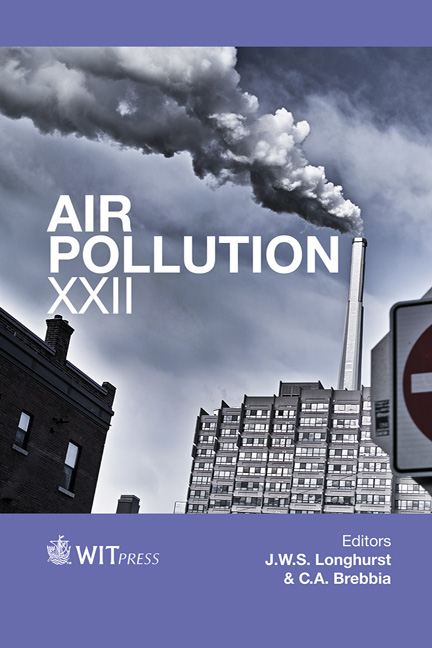Modeling The Volcanic Ash Dispersion And Deposition From El Reventador Volcano Eruption In Ecuador On November 3rd 2002
Price
Free (open access)
Transaction
Volume
183
Pages
12
Page Range
27 - 38
Published
2014
Size
733 kb
Paper DOI
10.2495/AIR140031
Copyright
WIT Press
Author(s)
R. Parra
Abstract
In Ecuador there are at least 25 potentially active volcanoes. Some have emitted ash and aerosols producing critical air pollution events, with significant health and socio-economic effects. The Distrito Metropolitano de Quito (DMQ), in the Andean region of Ecuador, is highly threatened by three volcanoes: El Reventador, Guagua Pichincha and Cotopaxi. El Reventador volcano, located at about 90 km east of Quito, erupted on November 3rd 2002 producing a column of ash 17 km high. The lower part of the ash cloud, below 16 km, was directed towards Quito, whereas the upper portion traveled to the east. Air pollutant concentrations exceeded several times the national regulation for PM10, generating danger for the entire population. Between 13h00 and 16h00 local time, fine ash settled down in Quito and its eastern valleys, leaving an ash layer 3 to 5 mm thick. This event was numerically simulated coupling the Eulerian Weather Research and Forecasting (WRF) and the volcanic ash dispersion Fall3d models. A semi-qualitative assessment of the modeled ash cloud dynamics and deposition showed that modeled results were valid. WRF and Fall3d are used daily in the DMQ to forecast the ash fall trajectory and ash fall from these three volcanoes, under specific assumptions of eruption time and ash column height.
Keywords
Distrito Metropolitano de Quito, WRF, Fall3d, forecasting, risk management.





